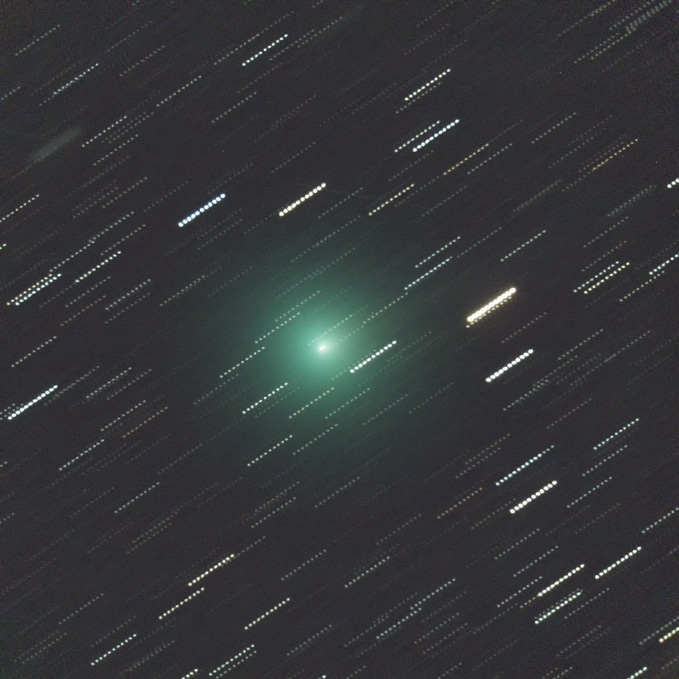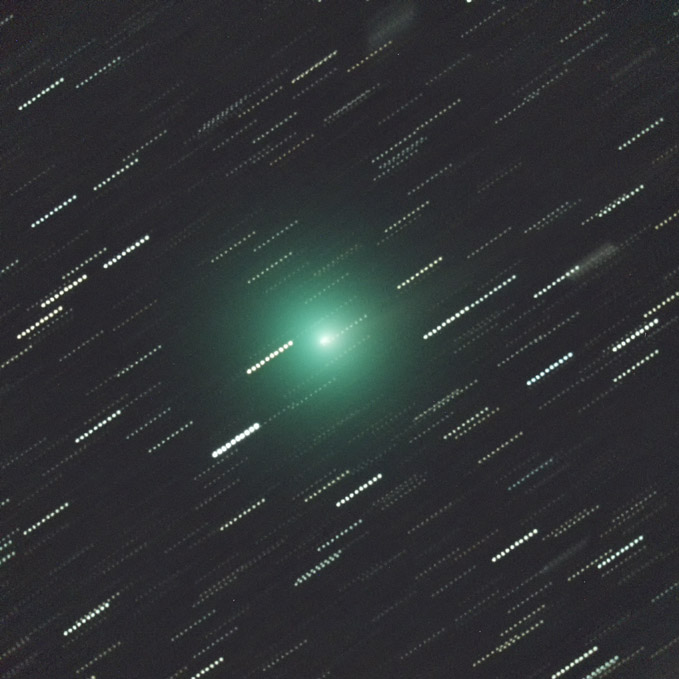
 |
| Date & Time: | Feb 1 2019, from 26:07 to 26:38 JST(+0900) |
| Composed 10 shots with 3 minutes exposed | |
| Optical: | Meade 25cm(10") Schmidt-Cassegrain with conversion lens (f=1600mm, F6.3) |
| with BaaderPlanetarium Moon&Skyglow filter | |
| Auto-guided with Meade LX200 Equatorial & Pictor 201XT | |
| Digital Camera: | Canon EOS 6D (Remodeled) |
| Location: | Ooizumi, Hokuto city, Yamanashi pref. |
| Camera Settings: | Recording Format...14bit CCD-RAW, converted to 16bit TIFF(3056×3056) |
| Device Size...20×20mm, Sensitivity...ISO4000 |
 |
| Date & Time: | Feb 2 2019, from 26:17 to 26:44 JST(+0900) |
| Composed 10 shots with 3 minutes exposed | |
| Optical: | Meade 25cm(10") Schmidt-Cassegrain with conversion lens (f=1600mm, F6.3) |
| with BaaderPlanetarium Moon&Skyglow filter | |
| Auto-guided with Meade LX200 Equatorial & Pictor 201XT | |
| Digital Camera: | Canon EOS 6D (Remodeled) |
| Location: | Ooizumi, Hokuto city, Yamanashi pref. |
| Camera Settings: | Recording Format...14bit CCD-RAW, converted to 16bit TIFF(3056×3056) |
| Device Size...20×20mm, Sensitivity...ISO4000 |
 Iwamoto on Feb 16, 2019 |
 Iwamoto on early morning of Dec 30, 2018 |
 |
 |
Copyright(c) 2019 by Naoyuki Kurita, All rights reserved. |
| To top page | To Comets&Meteors index |